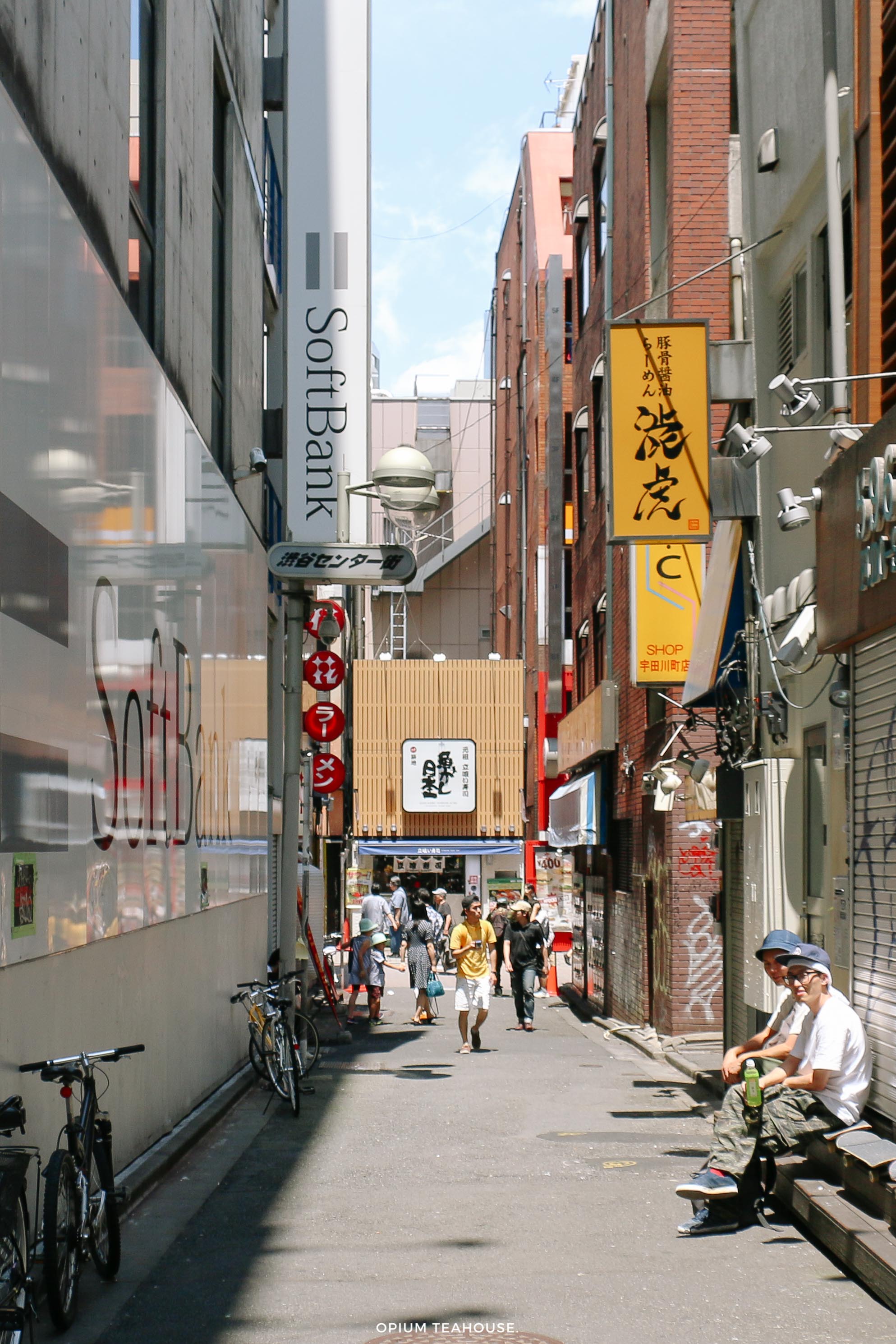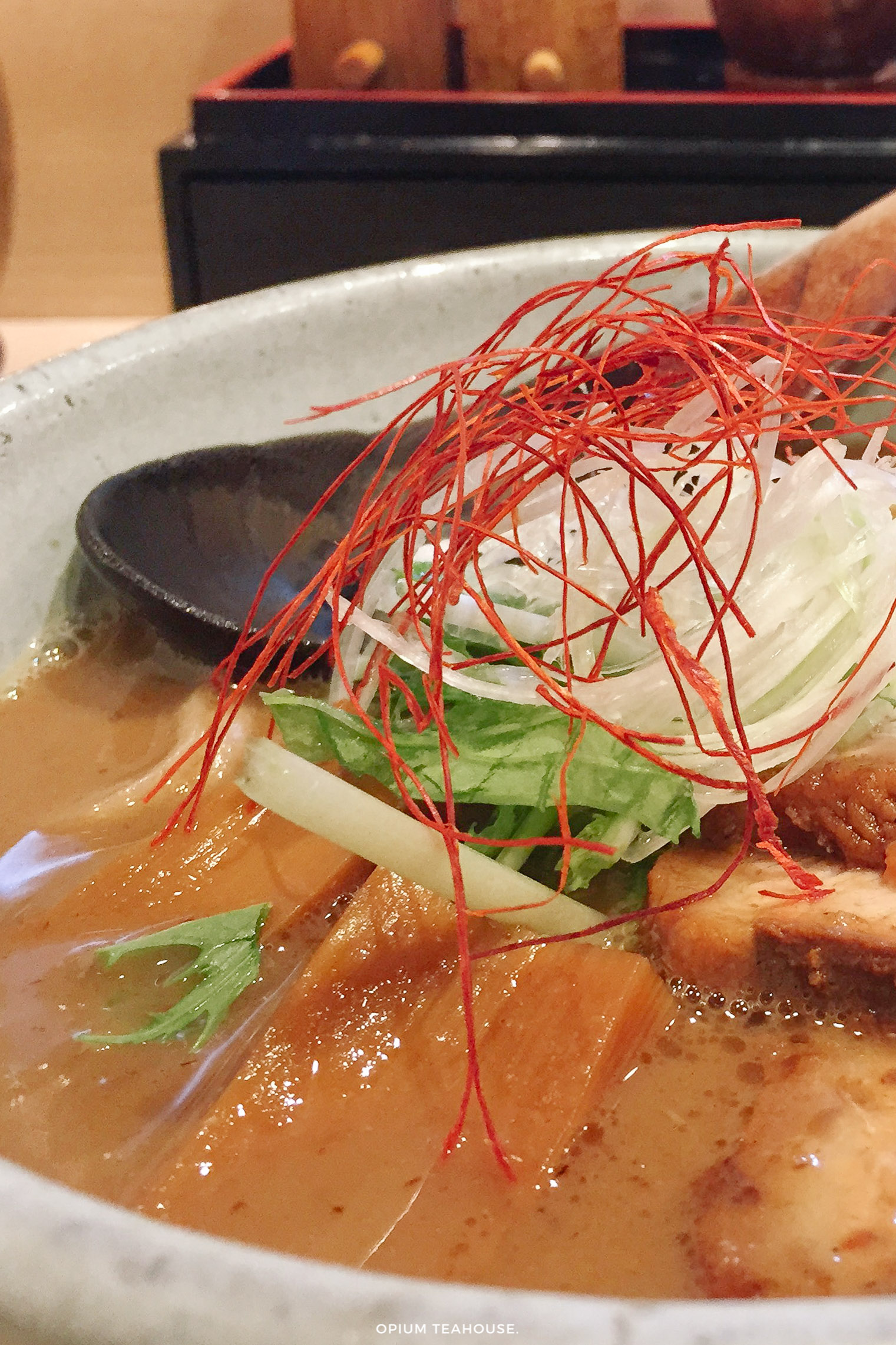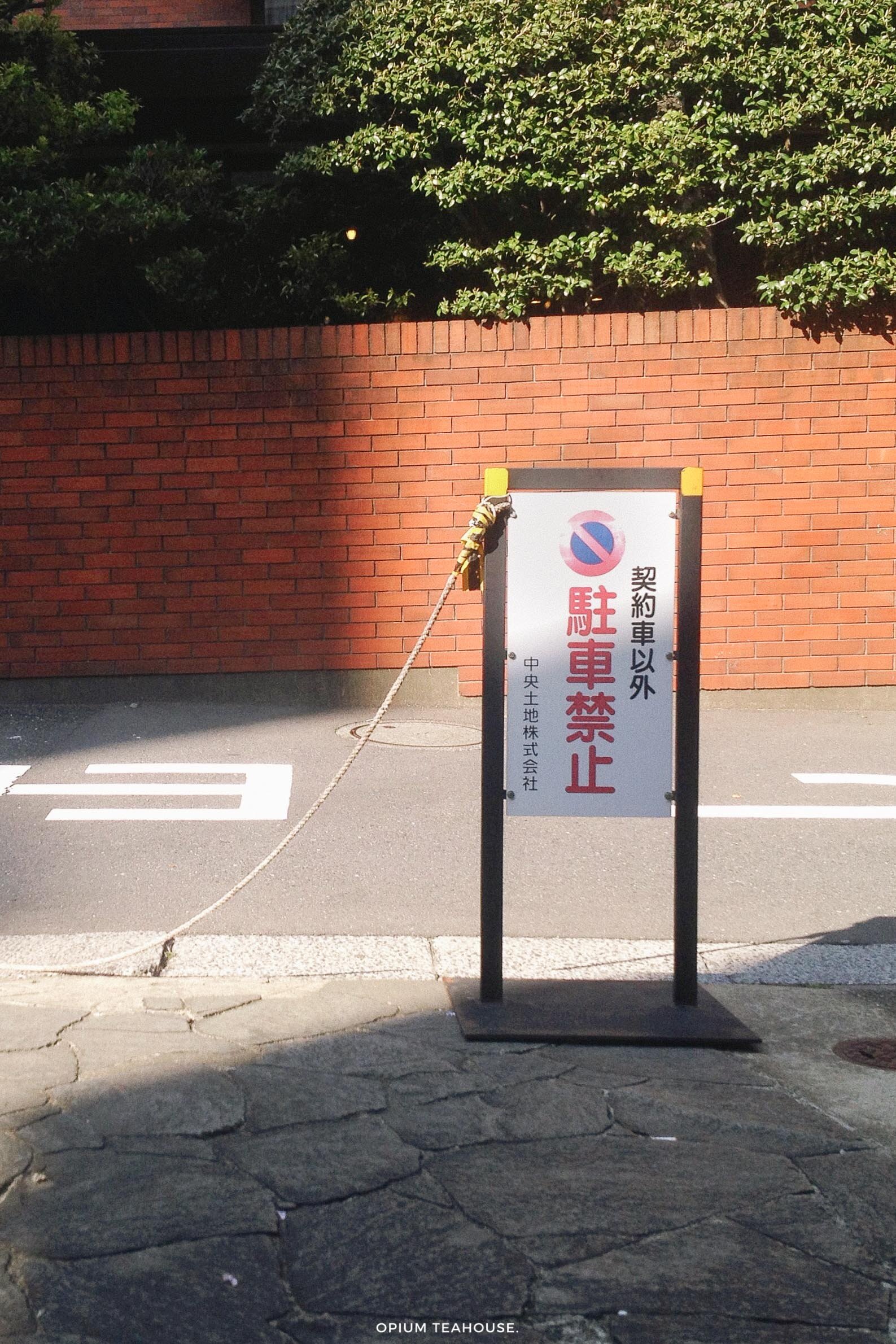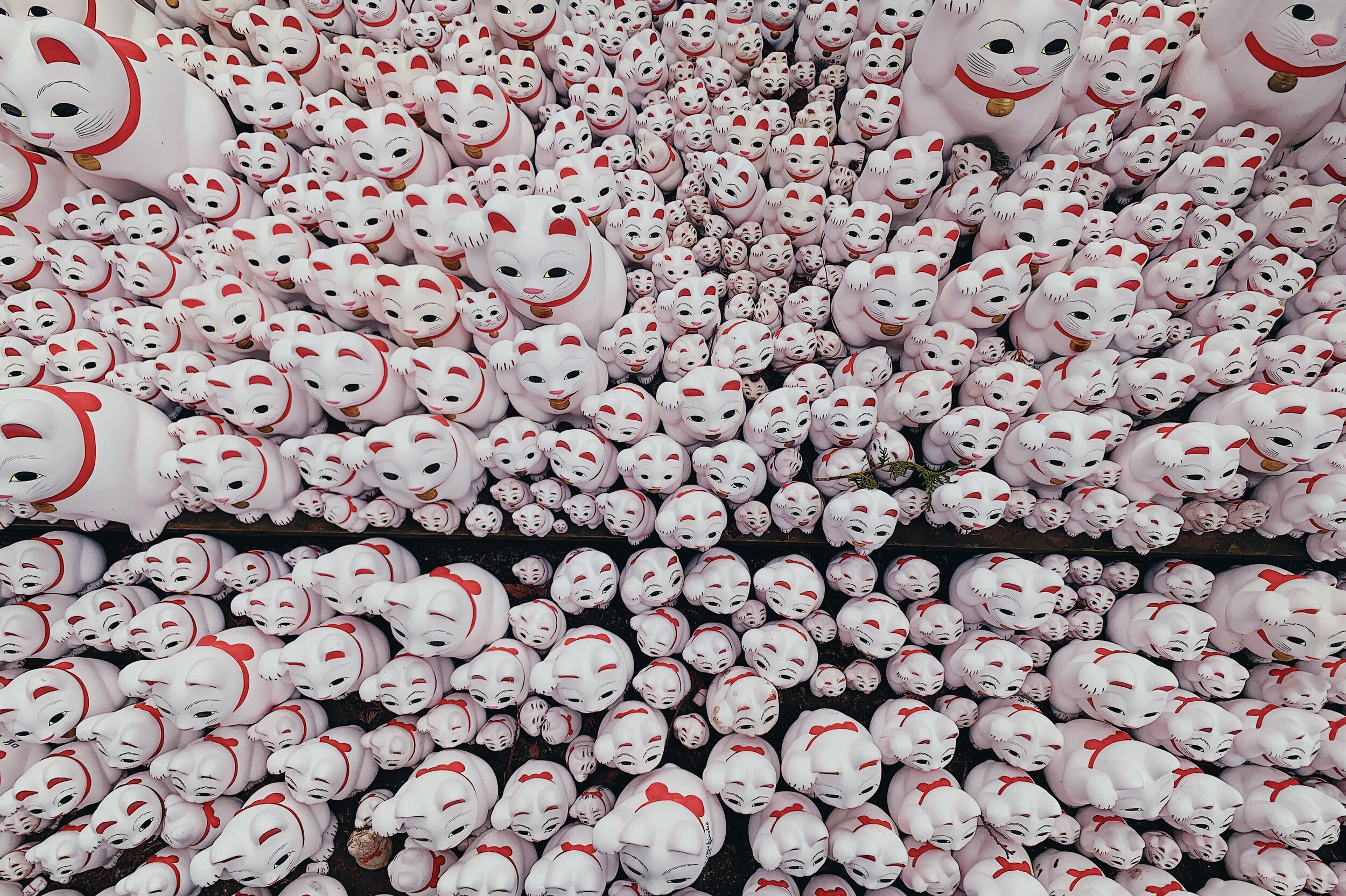Shokunin or the Art of Fine Cuisine in Japan
Having a lousy meal in Tokyo is hard. Home to 217 Michelin-starred restaurants, Tokyo bears the title of culinary capital of the world. To this, add fresh ingredients and pride in delivering the best experience to customers. From the tiniest ramen joint to the high-end kaiseki restaurant, you can feel the love and devotion put in the preparations of the food you are about to eat.
Open kitchens are usually the norm; you sit at a small countertop facing the cook. While you wait, you can witness the whole process. The precision, the technique, the simplicity of movements, refined over years of training, develops in front of your own eyes. The result – the food – is just another part of the experience that started when you stepped through the door.
One of the most singular experiences of dining in Tokyo is the impossibility of knowing, for the most part, what you’re going to order. Most eateries don’t have an English menu, let alone an English speaking waiter. As you walk through the doors of small ramen joints, facing you is something resembling a tobacco vending machine. In theory, the process is quite straightforward. You choose what you want, insert your yens, push the button to get a small ticket with the order imprinted. After handing this to the waiter, you sit and watch your order cooked in front of you. The tricky part? Getting the order right.
A ramen restaurant can have a couple of dishes available; from several types of ramen to cold noodles, a couple more of add-ons – extra egg, extra fried pork, extra spring onions – and drinks. The whole menu lives inside of that grey and ugly box. This food Russian roulette is quintessential to the local Japanese dining experience. And it has rewarded me with some of my best meals in the land of the rising sun.
Ebisu, a major district of Tokyo, is nestled between the bustling Shibuya and the low key, yet trendy, Meguro. The area, initially home to the Yebisu brewery, is now a major hub for foodies. From hip coffee shops to famous izakayas, this is my favourite area of Tokyo to go for a meal. A bold statement for a city made of several small towns, but true. South of Ebisu station, the central reference point, you can find little ramen joints brimming with tired and hungry salarymen. To the north near the canal, several Soba restaurants with young and fashionable clientele. And let’s not forget to mention the excellent EbisuYokocho – a tight and long alley, housing several different taverns.
The soba eateries, near the canal, are more refined, and even more low key, than your average ramen place. On more than one occasion, we ended up queuing in an inconspicuous alley, surrounded by residential buildings; the only assurance we had was the other people patiently waiting to be called by the waitress. Because yes, hidden lanes and fine dining go hand in hand in this part of the world.
Past the wooden sliding doors, a dimly lit room in caramel hues waits for you. Communal tables and long benches where couples sit side by side are a clever use of space. The clientele echoes hip and trendy New Yorkers; groups of friends join around a table for a meal and share stories. The food, amazing. From ramen to zaru soba with some side dishes to share, everything the kitchen provides is cooked to perfection. Each mouthful is an explosion of flavours that hit all the right notes. Something that would be a premium in any other part of the world, here is shockingly affordable.
When it comes to eating, it’s interesting to notice that all layers of Japanese society tend to merge. As if the joy of sharing a meal is enough to erase if momentarily, the dividing lines that run deep. And there’s no other place more representative of that, than a Yokocho. Shibuya’s might be the most widely known, but it’s in Ebisu where you can experience this coming of the classes. Salarymen dine next to college students, and those, in return, share a bar with the creative types. Since there’s so much choice in these alleys, the best guess is to go where the locals congregate. With perfect timing, we manage to get a seat at a specialised yakitori tavern. Minutes later a queue starts to form, due to the limited amount of places. A waiter tells the crowd the waiting time.
Compared to the west, Japanese eateries specialised in only one type of food. Choosing one thing and working relentlessly to perfect it, is the secret behind every delicious meal in Japan. This concept of shokunin is present in every aspect of Japanese culture, but it’s through food that most people come in contact with it.
From all the places where you can have a meal in the city, there’s one that still amazes me, the office building. When looking for a highly rated okonomiyaki restaurant – the famous Japanese pancake – we were directed to an office tower.
Since space is a luxury in Tokyo, it’s not uncommon to have several floors of restaurants in big and glassy office buildings. But what’s interesting is that contrary to its western counterparts, the restaurants there are as good as any other on the streets.
In fact, when we arrived there was a queue, from locals to (Asian) tourists everyone wanted a piece of the eggy pancake. Being lucky enough to get a seat near the hot plate, we witnessed the handy work. A mixture of eggs, flour, water, and milk hits the teppan and starts to sizzle. Then comes the sliced cabbage, stacked upon the batter, followed by bean sprouts and desired toppings. The coup de grâce are the soba noodles and extra egg yolks that will bring everything together. The result was so scrumptious that we ended coming back several days later. And this didn’t go unnoticed by one of the cooks, and after serving our meal, he acknowledged us in English. At the end of the evening coming out behind the cooking station, he saw us out. This was not only surprising to us but to the front of the house staff as well; the same way we showed our approval of his cooking by returning to the restaurant, he wanted to show us that he remembered the two tattooed foreigners.
It’s this undying devotion to food that makes dining in Tokyo, and in Japan, such a rich and essential experience. From the moment a cook decides to devote himself to craft, there’s a long and challenging apprenticeship to complete. To them, feeding people is much more than a necessity or business. It’s through the customers that they’ll get their feedback. The loud slurping of noodles or coming to a restaurant twice is a mark that they are on the right path. They are a step closer to mastering their craft.

















